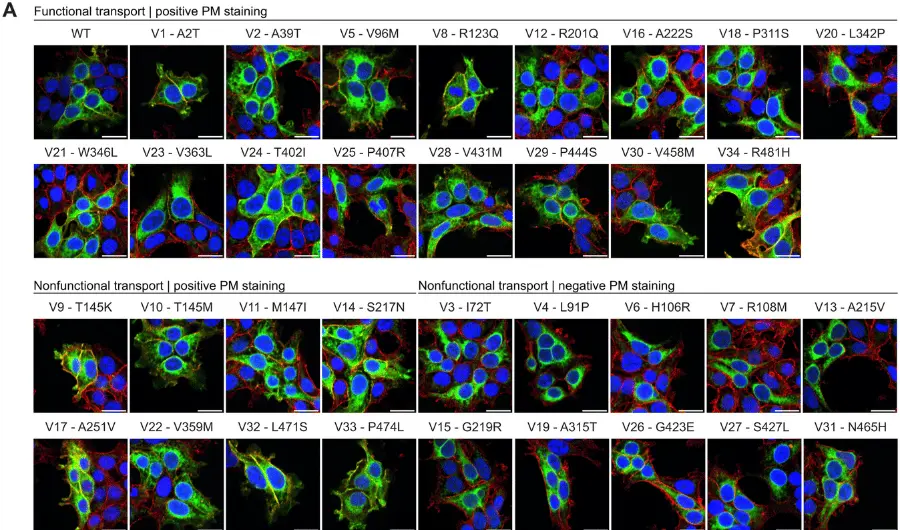Genetic ‘Episignatures’ Guide Researchers in Identifying Causes of Unsolved Epileptic Neurological Disorders
August 6, 2024
Article published by St. Jude Children’s Research Hospital
Scientists at St. Jude Children’s Research Hospital demonstrated the value of DNA methylation patterns for identifying the root cause of developmental and epileptic encephalopathies (DEEs). Their new study shows that specific gene methylation and genome-wide methylation “episignatures” can help identify the genes that cause DEE. DEEs affect 1 in 590 children and involve more than 825 genes.
“About half of the patients with DEE will get a diagnosis, and half of them won’t,” said author Heather Mefford, MD, PhD, St. Jude Center for Pediatric Neurological Disease Research and Department of Cell & Molecular Biology. When a child is diagnosed with DEE, linking the encephalopathy to a specific gene can allow the clinician to provide appropriate treatment for the symptoms of the disorder. This knowledge is also invaluable to the family. “The half who do not receive diagnosis not only won’t be able to get gene-specific recommendations in their therapy, they won’t be able to link with family organizations that can connect them with other families with children that also have mutations in that gene,” explained Mefford. Addressing the genetic root causes for DEEs has been a long-term goal for Mefford, who was instrumental in raising the number of diagnosable cases to 50%, up from approximately 5% just a decade ago.
Mefford is now exploring epigenetics, the changes in gene expression that may or may not involve DNA alterations. One such epigenetic change involves a process vital to gene expression called DNA methylation. While episignatures allowed the researchers to broadly identify DEE-causing variants, taking a closer look at the individual methylation instances, referred to as rare methylation analysis, presented another opportunity. Exploring these rare methylation events pointed Mefford and her team toward DNA regions that are not commonly assessed, offering an answer to the cause of unexplained cases. This allowed the researchers to identify the causative and candidate etiologies of DEEs in 2% of previously unidentified cases. This represents another significant step in identifying rare causes of DEEs and another tool to aid in diagnosing children with DEE. “We are still dedicated to trying to solve the remaining cases”, said Mefford. “We’re always looking for technologies that will give us new information to try and solve those cases.”








